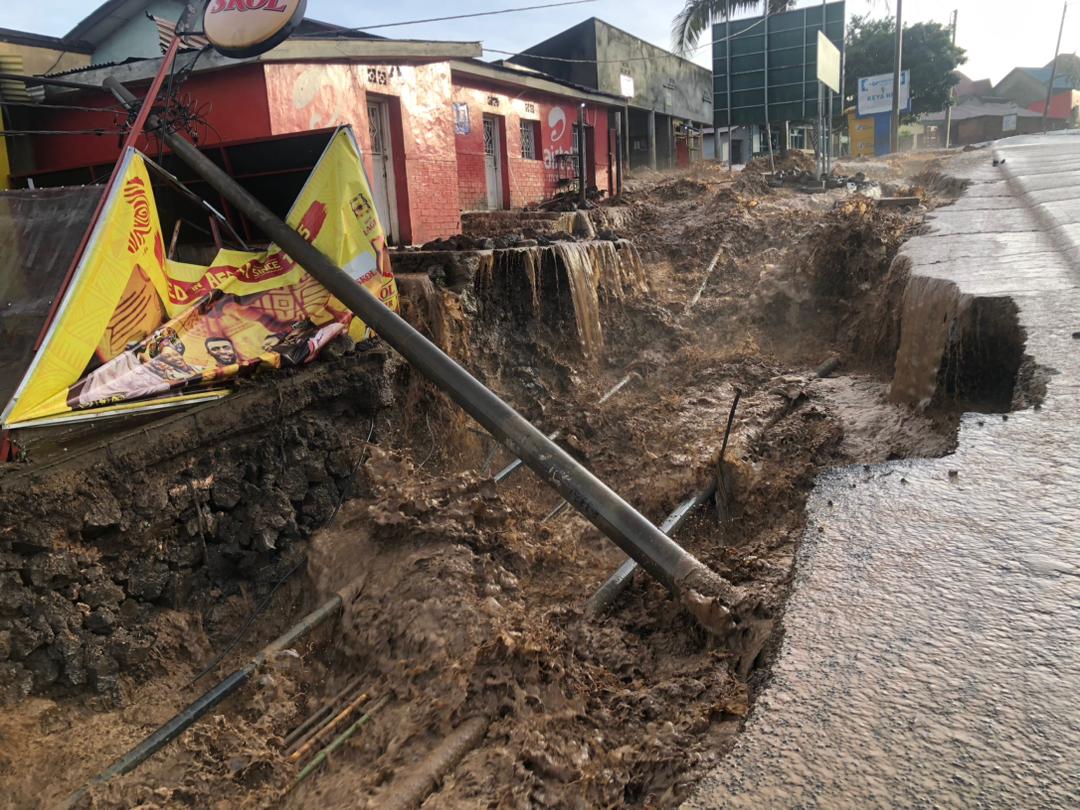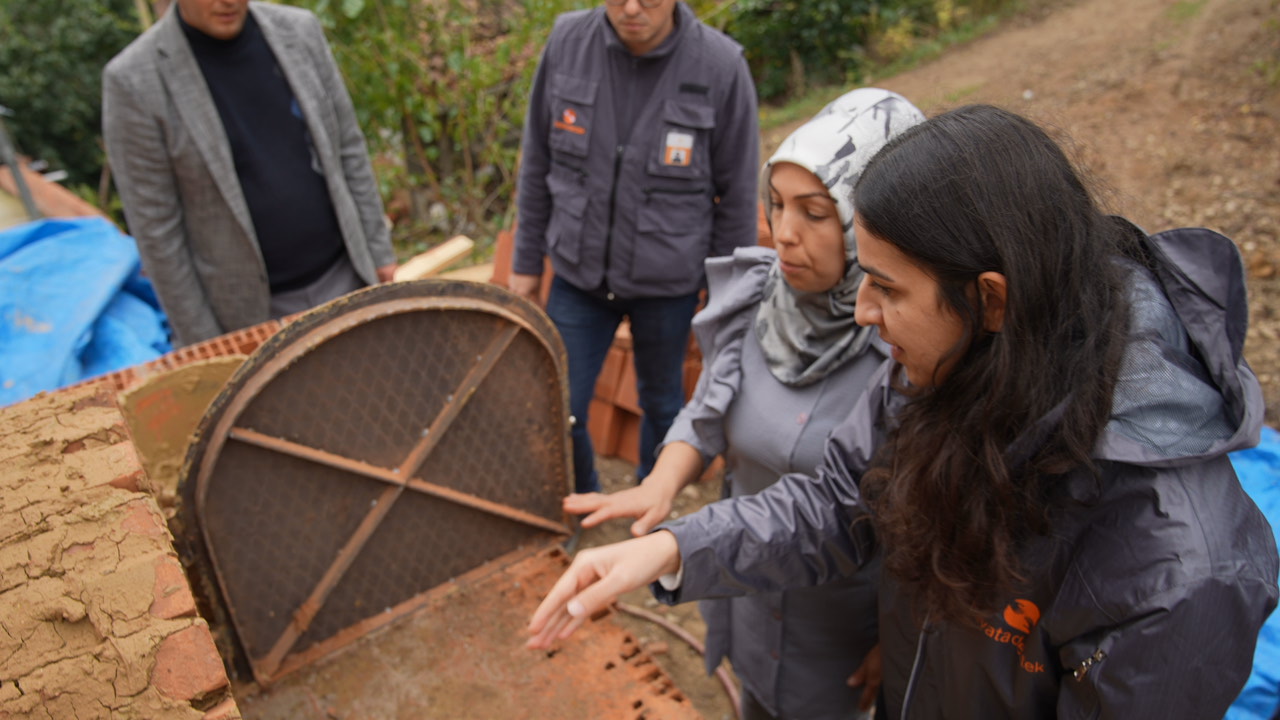What we’re watching: Weekly disaster update, May 8

We know all too well that disaster can strike anytime, anywhere in the world. Some disasters make headlines; others do not. Here at the Center for Disaster Philanthropy (CDP), we monitor the status of disasters worldwide and compile a list of the ones we’re tracking weekly, along with relevant disaster-related media coverage.
Here’s what we’re watching for the week of May 8, 2023.
New or Emerging Disasters
Canada – Wildfire: In the western Canadian province of Alberta, 105 fires were active as of the morning of May 8. In an evening news conference on May 7, Wildfire Information Unit Lead Christie Tucker said 16 new fires had ignited in Alberta in the previous 24 hours. This type of fire activity is not typical for this time of the year, but dry conditions, abnormally hot weather and high winds combined to fuel the fires. Alberta Premier Danielle Smith declared a provincial state of emergency on May 6. The wildfires have forced the evacuation of more than 29,000 people. Officials say scattered showers on May 7 helped crews battling the fires, but conditions remained volatile, and the extent of the fires’ damage was uncertain.
Democratic Republic of Congo (DRC) – Floods: Days of heavy rain triggered landslides and caused rivers to pour over their banks on May 4 in two villages in Kalehe territory in DRC’s South Kivu province. Warming temperatures due to climate change are increasing the intensity of rainfall in the region. This, combined with inadequate urban planning and weak infrastructure, increases disaster vulnerability. At least 401 people have been confirmed dead by provincial officials. The UN Office for the Coordination of Humanitarian Affairs said the floods and landslides left 3,000 families homeless. The DRC is already experiencing a complex humanitarian emergency due to persistent conflict that has internally displaced 6.2 million people. One out of four Congolese, or 26.4 million people, are severely food insecure.
Guatemala – Volcano: Central America’s most active volcano, Fuego, erupted on May 4, leading to the evacuation of more than 1,000 people with officials opening 13 emergency shelters. Guatemala’s Conred disaster center said stronger emissions could follow as the eruption continues. Rainfall is in the forecast, which could result in mudslides.
Rwanda – Floods: Authorities say at least 130 people died after floods and landslides hit Rwanda’s northern and western provinces. Heavy rains are common between March and May, but the severe weather on May 2 was unusually strong and persistent. The high death toll is in part because the heavy rain occurred during the night when people were sleeping. Floods and landslides also killed at least six people in Uganda.
Previous/Ongoing Disasters
Oklahoma – Tornadoes: Nearly three weeks after multiple tornadoes killed at least three people and caused significant damage in McClain and Pottawatomie counties, Oklahoma, cleanup and recovery continue. Disaster recovery centers were set up in the towns of Shawnee and Cole, and Federal Emergency Management Agency staff were also going door-to-door. A major disaster declaration (DR-4706) made Individual Assistance and Public Assistance A and B available in McClain and Pottawatomie counties. Volunteers have also been active, including Oklahoma Baptist University students who helped cleanup their campus.
For more, see our 2023 US Tornadoes disaster profile.
Sudan – Complex Humanitarian Emergency: As fighting in Sudan enters its third week, humanitarian organizations, including Mercy Corps, are warning that the prices of food, fuel, water and other essentials are rapidly rising while they face severe security and operational challenges in responding to the escalating crisis. Humanitarian access is severely restricted.
The World Food Programme said the number of acutely food insecure is expected to increase by 2-2.5 million to 19 million across the country in the next three to six months if the current conflict continues.
As of April 28, more than 334,000 people were estimated to have been internally displaced, with West and South Darfur states most severely affected. The UN’s Refugee Agency (UNHCR) reported there were more than 123,000 refugees, asylum seekers and returnees in neighboring countries as of May 4.
These countries are also experiencing complex humanitarian emergencies, and humanitarians say they struggle to cope with the numbers of people fleeing the fighting in Sudan due to a lack of funding. UNHCR has advised governments not to return people to Sudan.
For more, see our Sudan Humanitarian Crisis profile.
In addition to the disasters listed above, we actively monitor the following disasters or humanitarian emergencies. For more information, see the relevant disaster profiles, which are updated regularly.
- Afghanistan Humanitarian Crisis
- COVID-19 Coronavirus
- Horn of Africa Hunger Crisis
- 2022 Pakistan Floods
- Tropical Cyclone Freddy
- 2023 Turkey-Syria Earthquake
- Ukraine Humanitarian Crisis
U.S. Midwest Low-Attention Disasters
The Midwest is regularly faced with low-attention disasters that affect people across the region. CDP’s Midwest Early Recovery Fund (ERF) effectively funds efforts that catalyze equitable disaster recovery.
These are some of the latest disasters and related news the ERF team is monitoring:
- Major flooding of the Mississippi River on April 29-30 caused roads and businesses to close in several cities along its banks, including in Dubuque and Bellevue, Iowa, and Fulton, Illinois. The floodwaters are among the highest ever recorded.
- Iowa Governor Kim Reynolds issued a disaster proclamation on April 28 for Allamakee and Muscatine counties in response to the Mississippi River flooding. The proclamation activates the Iowa Individual Assistance Grant Program and the Disaster Case Management Program in those counties.
Complex Humanitarian Emergencies – Cameroon
Many places worldwide are experiencing emergencies caused by conflict, climate change, drought, famine, economic challenges and other conditions that combine to create a complex humanitarian emergency (CHE). CDP maintains complete profiles on several CHEs, and what CDP considers Level 1 CHEs are profiled in this weekly blog post and tracked.
Cameroon’s complex, protracted humanitarian crisis results from inter-communal violence in the Far North region, insecurity in the Northwest and Southwest (NWSW) region, and crises in Nigeria and Central African Republic (CAR).
In 2023, 4.7 million people in Cameroon will need humanitarian assistance, a 17% increase compared to 2022.Insecurity continues to make humanitarian access challenging, and underfunding remains the most significant obstacle to reaching people in need.
In April, in Cameroon’s Mayo-Moskota district on the border with Nigeria’s Borno state, hundreds of Boko Haram fighters launched deadly attacks that killed eight and destroyed hundreds of homes. Militants reportedly looted markets, ranches, farms and shops.
Sorghum, maize, millet and rice are the primary staples grown and consumed in the Far North region of Cameroon.The Famine Early Warning Systems Network’s Cameroon Price Bulletin for April shows prices for most varieties of these staples are higher than the previous year and/or the two-year average.
Shelter and non-food items, food, and education are priority needs for people displaced by conflict and disasters. According to the UN Office for the Coordination of Humanitarian Affairs, more than 4,000 people were displaced in March in the Far North due to violence and insecurity. Floods and mudslides displaced another 3,000 in the Southwest.
Upcoming webinars

May 11: Older adults and disasters: Overcoming stereotypes and strengthening inclusion

June 8: Survivor and community-led response: Putting people first in a crisis
What We’re Reading
- W.H.O. Ends Global Health Emergency Designation for Covid – The New York Times: The World Health Organization (WHO) announced on May 5 that it was ending the emergency it declared for Covid-19 more than three years ago. WHO officials “warned that the decision to lift the emergency does not signal an end to the pandemic, and cautioned countries not take this as reason to dismantle Covid response systems.”
- Global Report on Food Crises 2023 – Food Security Information Network: “The Global Report on Food Crises (GRFC) 2023 estimates that over a quarter of a billion people were acutely food-insecure and required urgent food assistance in 58 food-crisis countries/territories in 2022. This is the highest number in the seven-year history of the GRFC.”
- Record ocean temperatures put Earth in ‘uncharted territory’, say scientists – The Guardian: Data collated by the US National Oceanic and Atmospheric Administration has shown ocean temperatures higher than in any previous year, going back to 1981. “Some scientists fear that the rapid warming could be a sign of the climate crisis progressing at a faster rate than predicted.”
- How a looming El Niño could fuel the spread of infectious disease – Grist: Following three years of La Niña, forecasters are predicting that, sometime between this summer and the end of the year, El Niño will take over. The shift could have implications for human health. El Niño will increase temperatures and make precipitation more volatile, which could “fuel the spread of pathogen-carrying mosquitoes, bacteria, and toxic algae.”
The Pennsylvania Emergency Management Agency curated a list of looks from the Met Gala and brilliantly juxtaposed them with natural hazards.
